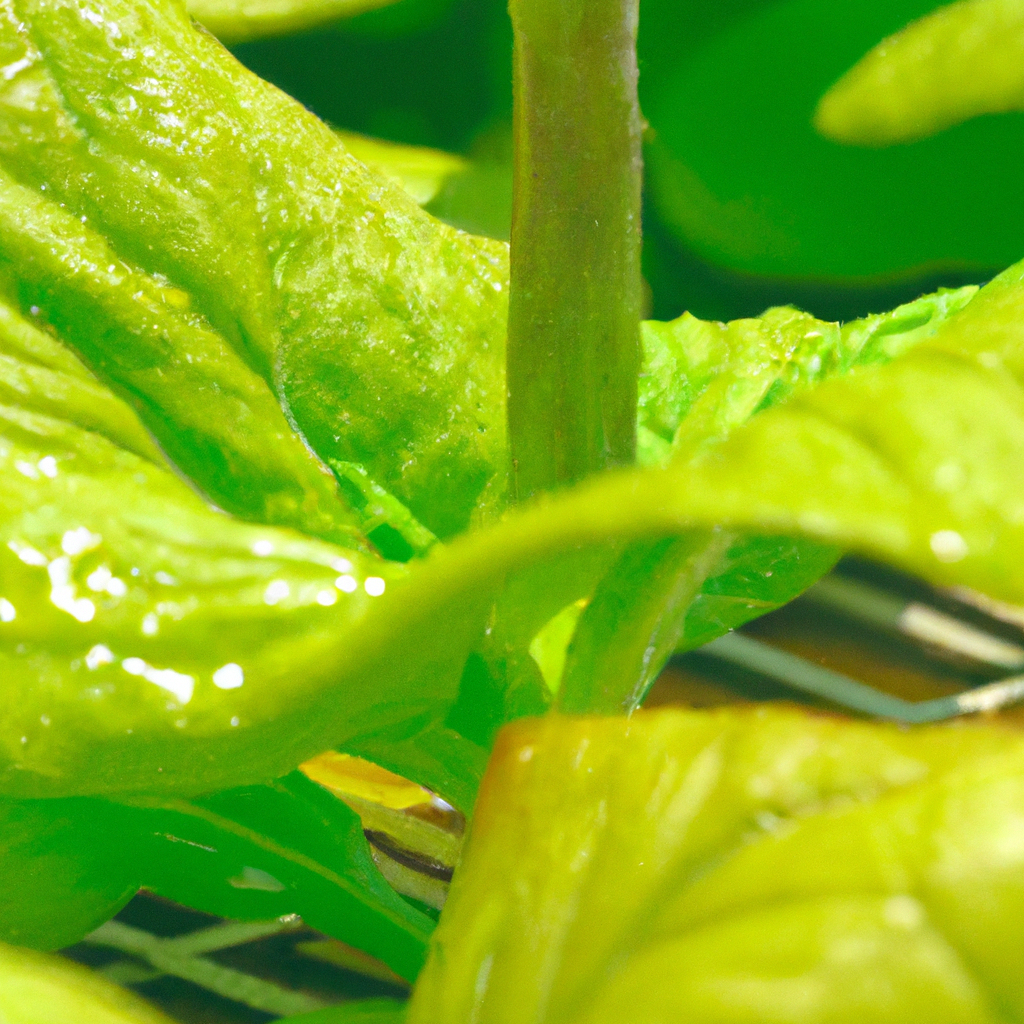Permaculture Water Conservation: Optimizing Water Use in Permaculture
Permaculture is a holistic approach to sustainable living that emphasizes the interconnection between natural systems. One of the core principles of permaculture is the conservation and efficient use of resources, including water. In this article, we will explore how to optimize the use of water in permaculture through sustainable water management, permaculture design, water-efficient gardening, and water-wise landscaping.
Sustainable Water Management
Sustainable water management is essential for optimizing water use in permaculture. One of the primary ways to achieve this is by collecting and storing rainwater. Rainwater harvesting systems can be simple or complex, depending on the needs of the permaculture system. They can range from a small catchment basin to a large cistern or pond.
Another way to manage water sustainably is to use greywater systems. Greywater is wastewater from non-toilet plumbing fixtures like sinks, showers, and washing machines. Greywater can be filtered and treated to make it safe for irrigation purposes. This reduces the amount of freshwater needed for irrigation and conserves water resources.
Permaculture Design
Permaculture design is all about creating systems that work with nature rather than against it. In permaculture, water is viewed as a precious resource that needs to be conserved and used wisely. One of the key design principles for optimizing water use is to slow, spread, and sink water.
This means that water should be slowed down and spread out to allow it to infiltrate the soil. This helps to recharge groundwater and increase soil moisture. Water can also be sunk into the ground using swales, which are shallow ditches dug along contour lines. Swales help to capture and store water, which can then be used for irrigation purposes.
Water-Efficient Gardening
Water-efficient gardening is an essential aspect of permaculture. One of the best ways to conserve water in the garden is to choose plants that are well adapted to the local climate and soil conditions. Native plants are usually the best choice since they are naturally adapted to the local environment and require less water and maintenance.
Another way to conserve water is to mulch the garden. Mulching helps to retain soil moisture, reduce evaporation, and suppress weeds. Organic materials like leaves, grass clippings, and straw make excellent mulch. They also break down over time, adding organic matter to the soil and improving soil fertility.
Water-Wise Landscaping
Water-wise landscaping is another critical aspect of permaculture. Landscaping can be designed to capture and use rainwater, reduce runoff, and conserve water. One of the best ways to do this is by creating a rain garden.
A rain garden is a shallow depression planted with vegetation that is native to the local area. It is designed to capture and infiltrate rainwater from rooftops, driveways, and other hard surfaces. Rain gardens help to reduce stormwater runoff, recharge groundwater, and provide habitat for wildlife.
Conclusion
In conclusion, optimizing the use of water in permaculture requires sustainable water management, permaculture design, water-efficient gardening, and water-wise landscaping. By implementing these strategies, we can conserve water resources, improve soil health, and create sustainable systems that work with nature rather than against it. Water is a precious resource, and it is our responsibility to use it wisely and efficiently.







